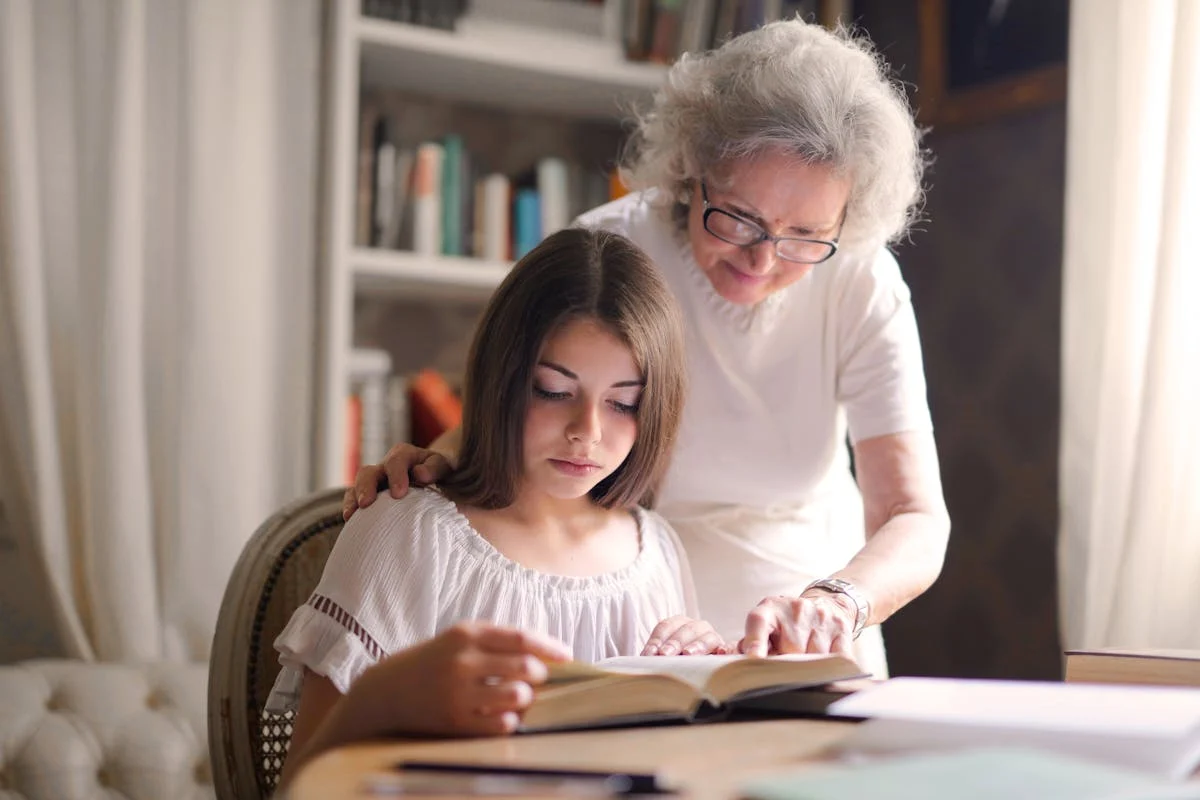Aging gracefully is not just about maintaining physical health—it also involves nourishing the mind and spirit. Creativity, through arts, storytelling, and hobbies, plays a transformative role in improving cognitive, emotional, and social well-being in later life.
The Cognitive Benefits of Creativity
Research indicates that engaging in creative activities like visual arts and storytelling helps improve memory, problem-solving skills, and emotional health in older adults, particularly those experiencing mild cognitive impairment (MCI). Art therapy, for example, promotes cognitive flexibility and decision-making abilities, while storytelling enhances memory recall and social connectedness. These activities stimulate brain areas linked to cognitive functions, offering mental agility that can mitigate cognitive decline over time.
Emotional and Social Well-Being
Arts and hobbies also provide emotional fulfillment and reduce loneliness. Group storytelling sessions or collaborative art projects build community connections, addressing isolation common among older adults. Gardening, another form of creative expression, combines sensory stimulation with a sense of purpose and stress relief. Studies show that gardening can improve life satisfaction, physical mobility, and emotional resilience.
Changing Perspectives on Aging
Engaging in the arts helps reshape narratives around aging. By focusing on creativity and growth, older adults can embrace aging as a period of renewal rather than decline. Programs that integrate intergenerational art activities enhance these benefits, fostering stronger family bonds and shared cultural memories.
Practical Steps to Foster Creativity in Later Life
- Local Art Programs: Join community art or storytelling groups to connect with like-minded individuals.
- Reconnect with Hobbies: Pursue past interests like knitting, photography, or writing to find joy and mental stimulation.
- Online Resources: For those less mobile, virtual classes provide an accessible way to engage creatively.
- Intergenerational Activities: Collaborate on art or storytelling projects with younger family members to strengthen bonds.
Latest Research Insights
Recent studies emphasize combining physical activities with artistic endeavors for compounded benefits. For example, Tai Chi paired with visual arts has shown to significantly enhance mood, memory, and executive functions in older adults. Additionally, creative expression has proven effective in reducing symptoms of anxiety and depression, further supporting the notion that creativity sustains overall wellness as we age.
Conclusion
Creativity offers a unique and enriching pathway for older adults to maintain cognitive health, build emotional resilience, and foster social connections. As more programs and resources become available, aging creatively is increasingly accessible and impactful.
References
- McMaster Optimal Aging Portal. “Aging Creatively: How Arts, Storytelling, and Hobbies Can Enrich Later Life.” Link
- Healthy Aging CORE Alberta. “Arts, Storytelling, and Hobbies for Enriching Later Life.” Link
- Recent academic studies on combining physical and creative activities for older adults (2023). Oxford Academic Journals.



